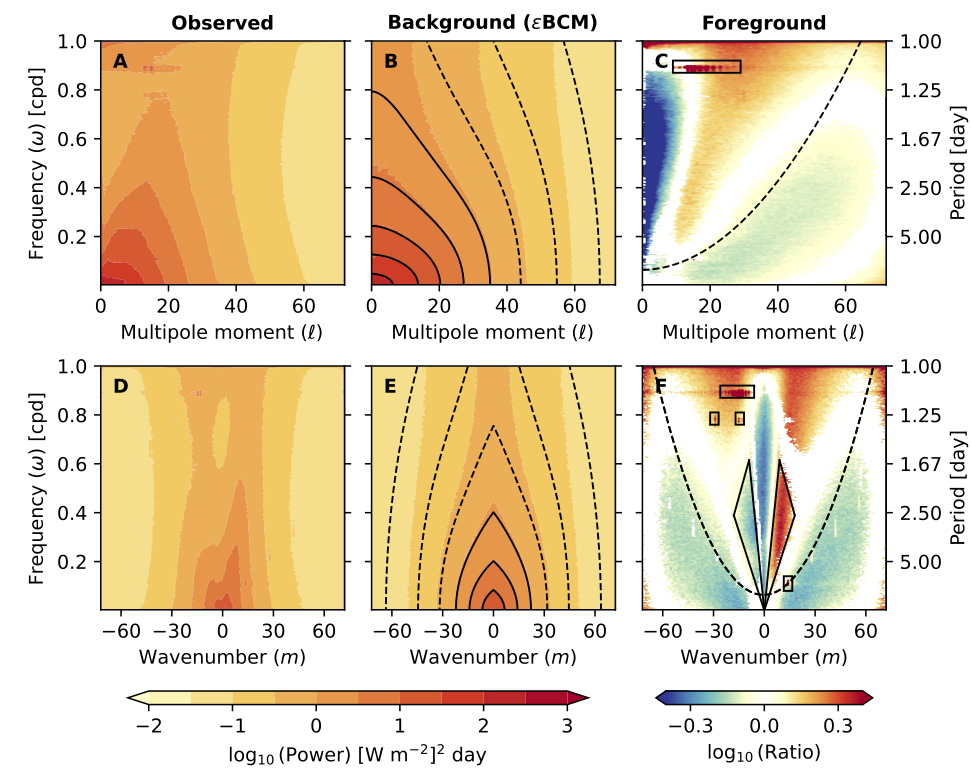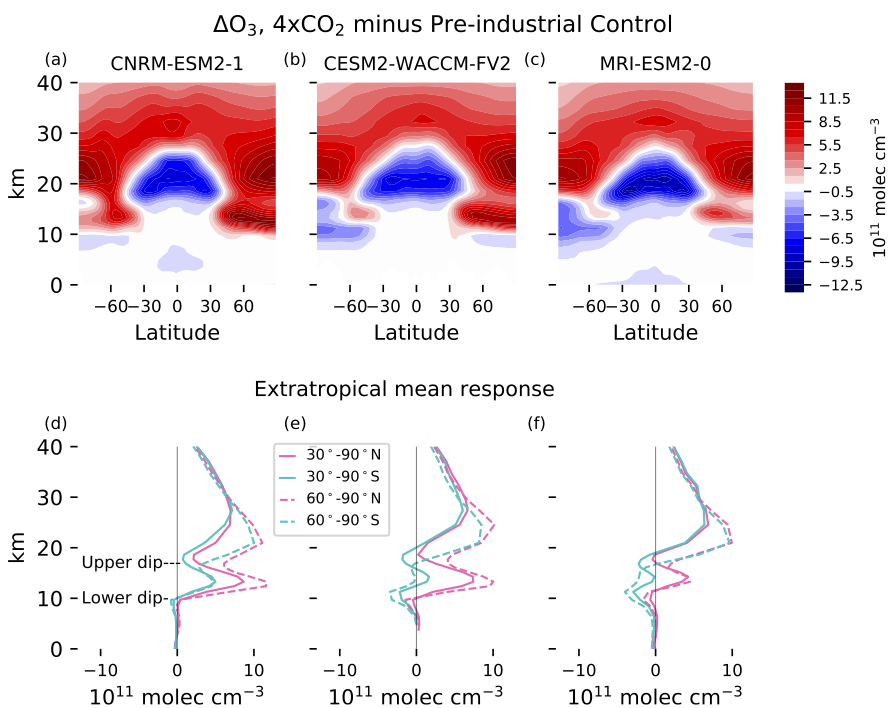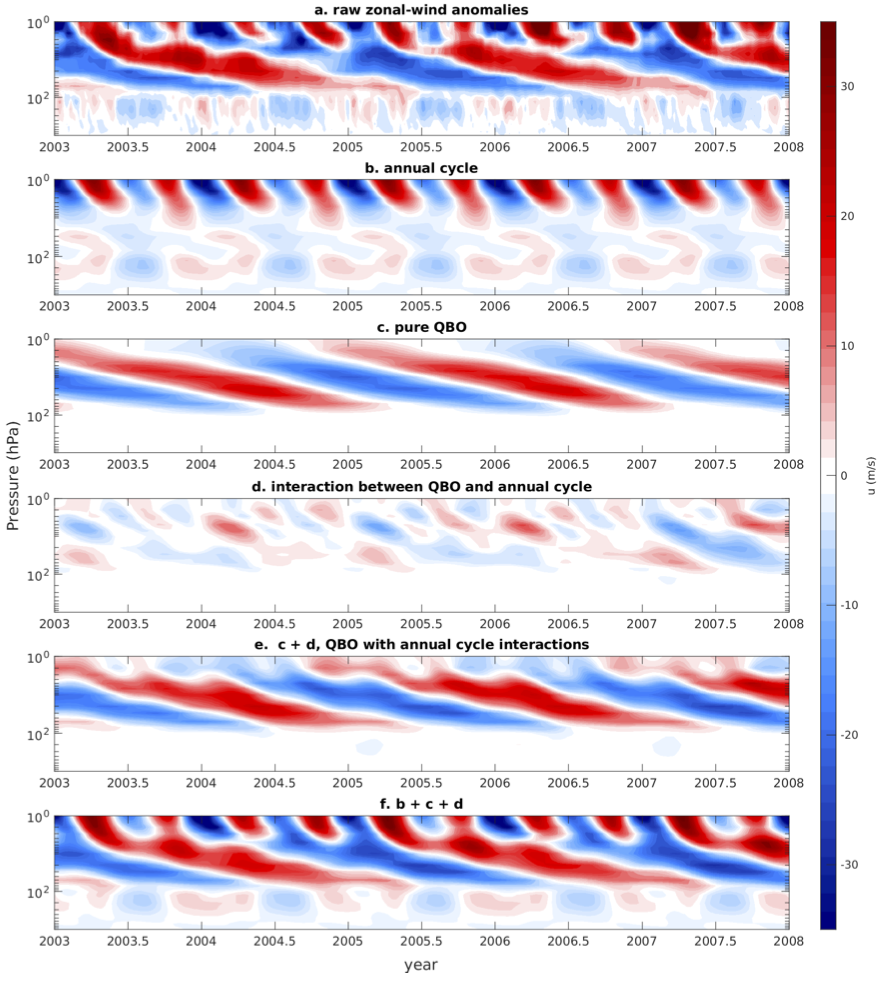Modeling our atmosphere with help from the machines
Published:
Despite tremendous advances in our understanding of the atmosphere and our capability to simulate it with numerical models on the fastest computers in the world, their remain processes that we can not accurately represent from basic physical principles. In some cases, it is an issue of computational power: we cannot resolve all relevant scales for climate prediction, from planetary scale weather systems (10^6=1,000,000’s of meters) to cloud and aerosol particles on the microscale (10^-6=0.000001 m). In other cases, we do not yet know all the relevant physics! We still need to do our best to represent these processes based on what we can simulate. Traditionally this has been done with physically motivated schemes, but there’s growing in interest in using machine learning to help. Here we take the first steps of using an artificial neural network to help parameterize atmospheric gravity waves.
Atmospheric gravity waves (GWs) or “buoyancy waves” are generated by perturbations in a stably-stratified environment. They mediate momentum transport between the lower and middle atmospheres and play a leading-order role in driving middle atmospheric circulation. Due to computational constraints and a lack of observations, global climate models “parameterize” or crudely estimate the effect of GWs on the large-scale flow based on the state of the atmosphere that can be respresented by the model (the “resolved” flow). Current climate predictions are sensitive to uncertainties in these representations, particularly at the regional scale. Here, we present a novel approach to parameterizing GWs by training a neural network to emulate an existing gravity wave parameterization in a global climate model. This approach represents an appealing technique to build data-driven gravity wave schemes that can reduce existing uncertainties.
For the details, please see the paper: Machine Learning Emulation of Parameterized Gravity Wave Momentum Fluxes in an Atmospheric Global Climate Model, just submitted to Geophysical Research Letters. It was led by Zachary Espinosa, a graduate student working with Aditi Sheshadri at Stanford University, in collaboration with Gerald Cain and Kevin DallaSanta.




